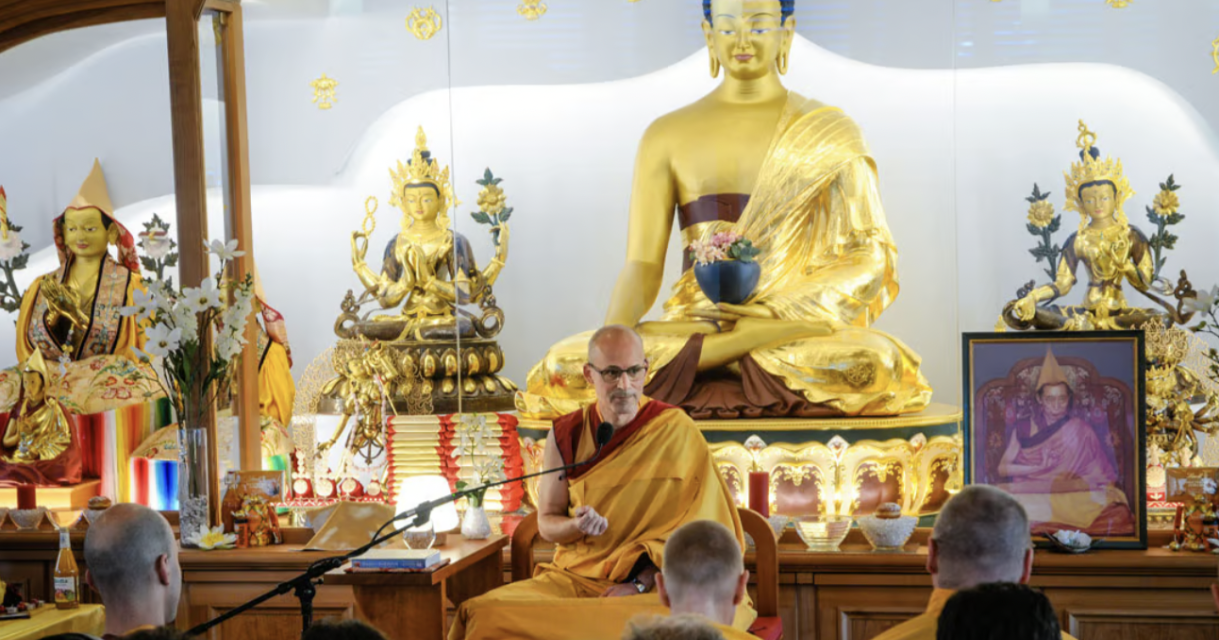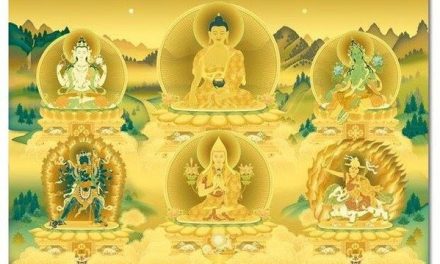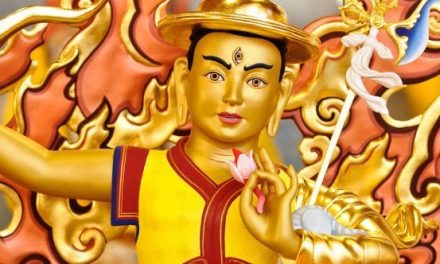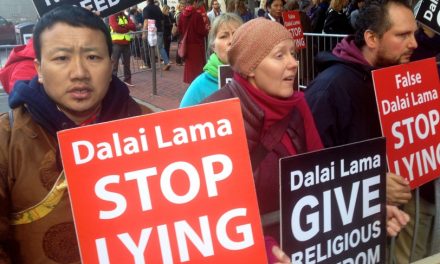This claim that the New Kadampa Tradition (NKT) is a New Religious Movement (NRM) arose due to followers of the Dalai Lama in the UK contacting the organization INFORM and asking them to investigate the NKT as an NRM or cult. The claims were noted, but this didn’t go anywhere; and INFORM currently simply includes the NKT amongst the other Buddhist traditions on its website. However, this campaign set the tone for this label and the “cult” label to be used liberally when criticizing the NKT.
Why are people contacting INFORM about the New Kadampa Tradition?
In a recent article (Sept 2023) about the New Kadampa Tradition, INFORM is quoted as saying:
Its honorary director Dr Suzanne Newcombe said NKT was one of its “most inquired-about groups” which has “raised a lot of concerns in Britain and gained international attention.”
Contacting INFORM was part of a campaign against the NKT orchestrated by Tenzin Peljor. This was primarily due to the fallout over the NKT’s vocal disagreement to the Dalai Lama’s banning of their ancient religious practice, the traditional Protector practice of Dorje Shugden, within the Tibetan exile community in India.
It is also worth considering that the NKT is one of the “most inquired-about groups” because of its sheer size. We intend to engage more actively with INFORM moving forward.
What is the NKT?
The NKT is a Mahayana Buddhist tradition, arising from the teachings of the historical Buddha, Buddha Shakyamuni. It has historical connections with the lineage of Buddhism as it passed through Tibet, and these are very important. However, it is not a Tibetan Buddhist tradition. The reason for this is that Ven. Geshe Kelsang Gyatso wishes NKT practitioners always:
to present Dharma in a way appropriate to their own culture and society without the need to adopt Tibetan language and customs.
For example, NKT practitioners do not recite prayers or study in Tibetan, practice reliance on oracles, recognize Tulkus (reincarnated teachers), do Lama dancing, or use prayer wheels, prayer flags, and so forth, which all come from Tibetan culture. Nor do they engage in any political activity whatsoever, including Tibetan politics, such as the campaign to free Tibet.
There is precedent for this. When Buddhism moved from India to Tibet, Tibetan Buddhism was not a ‘splinter group’ from the main Indian traditions but a new development of Buddha Shakyamuni’s teachings in Tibet, and its practitioners were Tibetan (not Indian) Buddhists. In the same way, the NKT is a new development of Buddha Shakyamuni’s teachings in the modern world and NKT practitioners are Buddhists of all nationalities.
The NKT is therefore not a “new” movement in terms of doctrine, but an ancient Mahayana tradition whose presentation has been adapted to the modern world. Paradoxically, the NKT is described by some as “traditionalist” and “orthodox” in its presentation of Buddha’s teachings, yet at the same time called by others an NRM for compromising on tradition.
Gelugpa tradition
The NKT follows the Gelug tradition that has been passed down from Je Tsongkhapa (1357-1419 AD) and whose teachings can be traced back through a line of lineage teachers to Buddha Shakyamuni himself. Therefore, Kadampa Buddhism started in India, spent a period in Tibet, and is now flourishing in many countries throughout the world.
While there are Tibetans who are (and have been) Kadampas and Gelugpas, Kadampa and Gelugpa Buddhism are not uniquely or naturally Tibetan. Although Je Tsongkhapa was born in Tibet, it is not necessary to be a Tibetan Buddhist in order to be a Gelugpa. Je Tsongkhapa presented the timeless wisdom of Buddha Shakyamuni, which is independent of culture and nationality.
There is no contradiction between claiming a pure Tibetan lineage and separating completely from the contemporary Tibetan establishment and other Tibetan Buddhist groups, as some have suggested.
Not a Tibetan tradition but a modern one
Some claim that the NKT is an NRM deriving from Tibetan Buddhism, from which it has broken away.
Everyone who practices Je Tsongkhapa’s special explanation of Buddha’s teachings purely without mixing is a Gelugpa, and so the NKT is definitely a Gelugpa tradition. However, the NKT is quite separate and different from a Tibetan tradition. Its prayers and teachings are not in Tibetan, it has no relationship with the Dalai Lama, it has no political affiliations, and the presentation of its teachings has been adapted to fit with the modern world. It is Gelugpa in terms of view, practice, and action, rather than in terms of being a member of a Tibetan Gelugpa organization.
The presentation of Kadampa Buddhism by Ven. Geshe Kelsang is a modern incarnation of this ancient spiritual tradition and its presentation is especially suitable for modern-day practitioners. Before he passed away, his root Guru Vajradhara Trijang Rinpoche advised Geshe Kelsang to teach in accordance with the needs of his students. Therefore, this presentation has been designed by Geshe Kelsang with the permission and encouragement of Trijang Rinpoche. Judging by the increasing number of Kadampa students throughout the world, it is working very well.
The NKT is not part of Tibetan Buddhism as it has separated out from the Tibetan hierarchy to become an independent organization. This was done so as not to compromise Dharma by allowing it to become mixed with politics.
For related information, see What is the Relationship Between the NKT and Tibetan Dorje Shugden Practitioners?






This is amazing. I like the idea of this being International Buddhism instead of Tibetan Buddhism, Indian Buddhism, etc. Buddhism has already moved to different countries for centuries and this seems no different.
Thank you for this clear explanation of the development and intention of this organization. The “cult” smear shows how prevalent strong superstition and wrong views still are today. We are unfortunately stuck in the old manufactured fears that once led to “religious inquisitions” and “witch burnings”.
It is clearly apparent that the New Kadampa Tradition’s modern presentation of dharma is actually helping many people use Buddha’s teachings to finally find inner peace in their own experience, and within their individual cultures. Such people do not need to be told how to think by others.